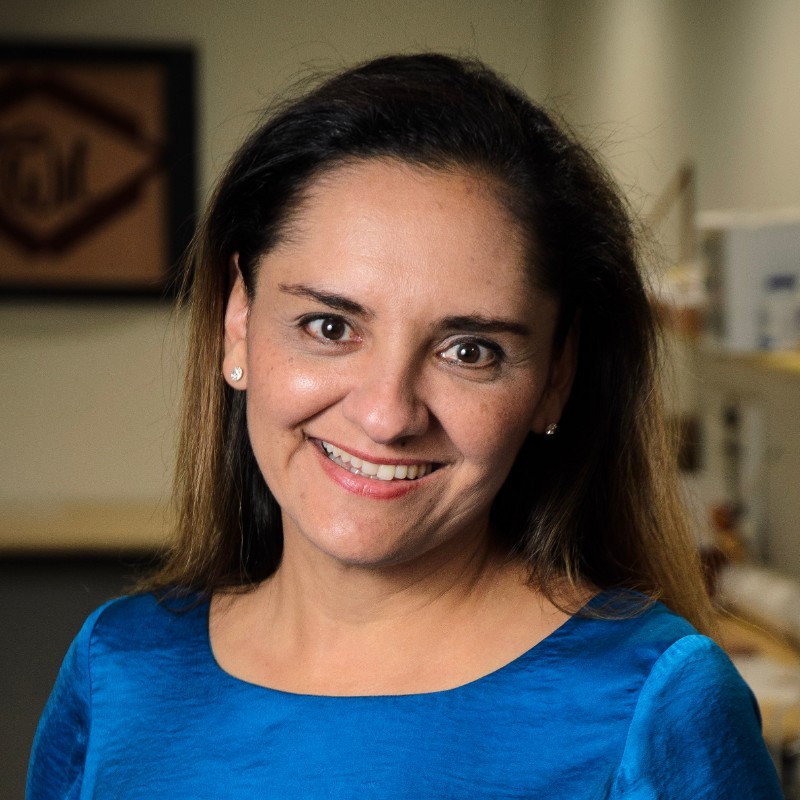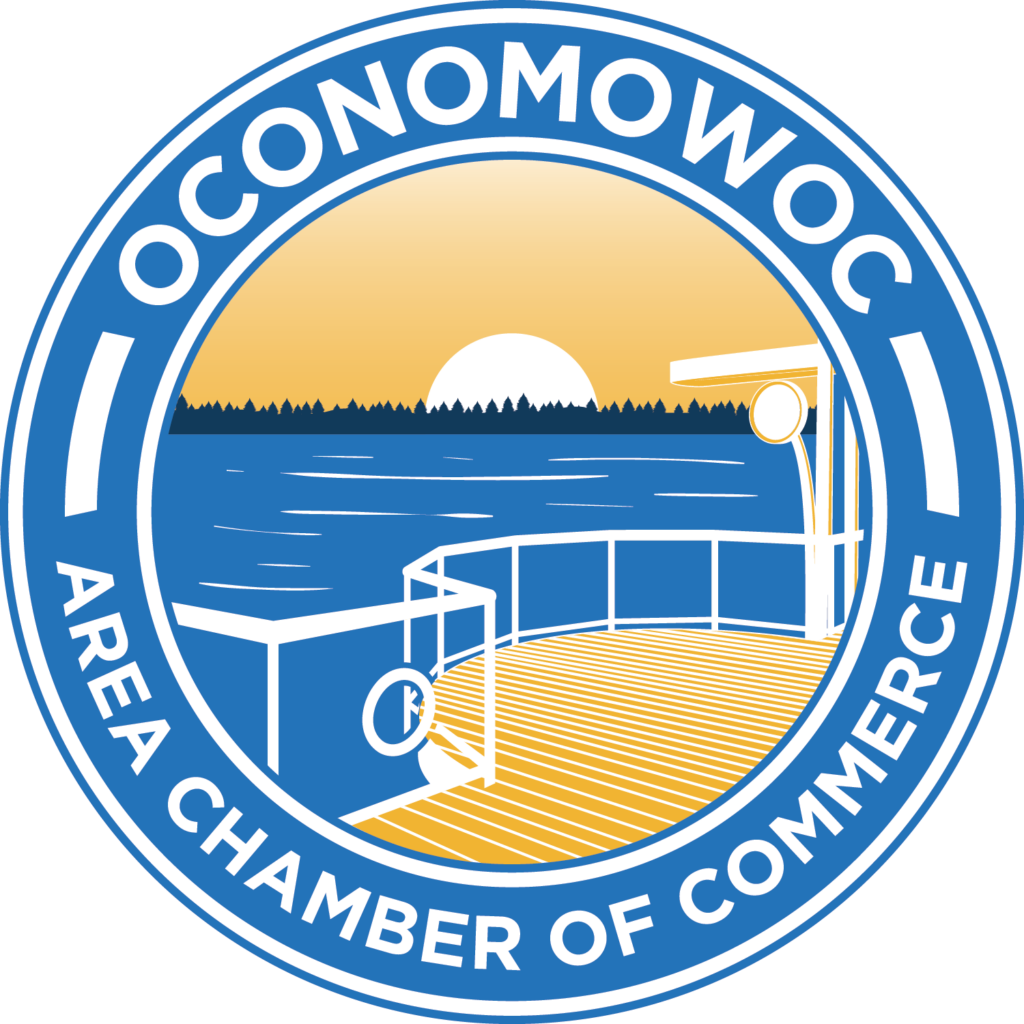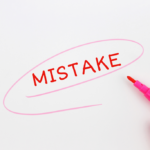Web 3.0
Contributed by Idea Collective Member:

Eva Barbara Bongard
Director of The World In Leather TWIL
Curious about Web 3 and what it might be able to do for your business? Here is a crash course to get you up to speed.
To begin, I’d like to mention what is understood as Web 1.0 and Web 2.0. Web 1.0 is about e-mail and websites like: www.theworldinleather.com or info@theworldinleather.com. Web 2.0 is about social media like Instagram, Facebook, TikTok, LinkedIn, @evabarbarabongard, and @twiltheworldinleather etc.
Web 3 is about decentralized ownership through blockchain which includes:
For example, each one of my wall leather art pieces comes with an NFT, so that means they are a physical piece of art and at the same time they can be used in the digital world by placing them on digital walls as they have been registered in the blockchain.
What's interesting about Web 3.0
Economically, recent studies indicate that Web 3 will reach 1.4% of the world GDP by 2030. Revenues generated from the blockchain technology equals $1.8 trillion additional value created by blockchain, it will create 40 million jobs by 2030 impacting 80% of the world’s population.
Technologically, it is not only about buying crypto or NFTs, but also about the blockchain technology that will be applied, for example, to your ID.
In geopolitics it can be used by small countries, for example, a country like Nigeria has created a cryptocurrency so they don’t rely 100% on the US dollar.
What links the metaverse, gaming platforms and NFTs? They are linked through the blockchain technology.
Blockchain is like the brain of Web 3. It is where transactions get registered directly to the system without intermediaries. This creates a new ecosystem.
You can register blockchain cryptocurrencies and NFTs.
- Cryptocurrencies are anything that can be summed up, a currency or loyalty points, all digital.
- NFTs are non-fungible tokens: unique digital products.
Blockchains, as an example, are very interesting because information/data can be registered on it for traceability reasons and the information cannot be modified, supporting transparency in the production chain so the materials can be traced to its origin. This is very important for sustainable reasons.
NFTs and cryptocurrency are linked to their owner through blockchains, and you can keep them through wallets. The wallets are either digital or physical locations where you store your assets.
Currently there are 80 million consumers interested in the Web 3 ecosystem. Wallets are a way to describe your identity. As mentioned before, Web 1.0 it was about a website and e-mail address, Web 2.0 is about social media accounts: Facebook, Instagram, Tik Tok, etc. Web 3 is about ownership and blockchain and a way to prove ownership where the wallets contain the assets that are registered through blockchain.
These assets can be used in the physical and digital spaces and with the opportunity to add value or utility to the owners of those unique digital products or NFTs.
The key as a brand is not just to embrace this new technology for doing tech or following the trend, but to use this technology with a purpose, linking the DNA of your business or brand to choose where you would like to be active.

NFTs are unique digital products in Web 3, as mentioned before. Web 3 is about ownership as with blockchain it is possible to give it to people and to communities.
An NFT project can bring together a community that gathers as they have something in common. A way to do it is through a DAO which are decentralized autonomous organizations. These organizations work as small companies where there are voting for rights and budgets, but the most important factor for DAOs is that they are together through passion points. This is a new way to create community and communicate with people but not because they are from certain countries or regions, but because they are together due to their points of passion.
The NFTs can also be used to offer additional benefits or utilities to the original product. The NFTs bring a great revenue and profit to brands, not only for the primary sale but also from the secondary market. For example, if my leather art pieces get sold to third parties in the blockchain, I will be receiving a royalty every time that it’s sold as set in the initial contract of the NFT.
As of today, 50% of revenues from NFTs are coming from secondary markets because each time an NFT is sold, royalties can be earned on each following sale. You can create a model where there is more added value while generating revenue.
Web 3 is not only about building your brand, but also more about building communities, connecting with consumers, and about making more profit. Who does not want that?
If you enjoyed this article and you would like to contribute your expertise to a growing community. Consider joining the Idea Collective, an entire community of experts who can help you with any aspect of your small business.

Contributed by
Eva Barbara Bongard
Director of The World In Leather TWIL
I am leather industry connector, leather influencer and bio-friendly passionate, I offer unique leather applications and sustainable strategies.
My passion for reinventing the way we use and think about leather in our everyday lives is only surpassed by my great interest in philanthropy and desire to help people. I am a Board Member of children’s organizations where I advocate for young, sensitive children and environment awareness.






